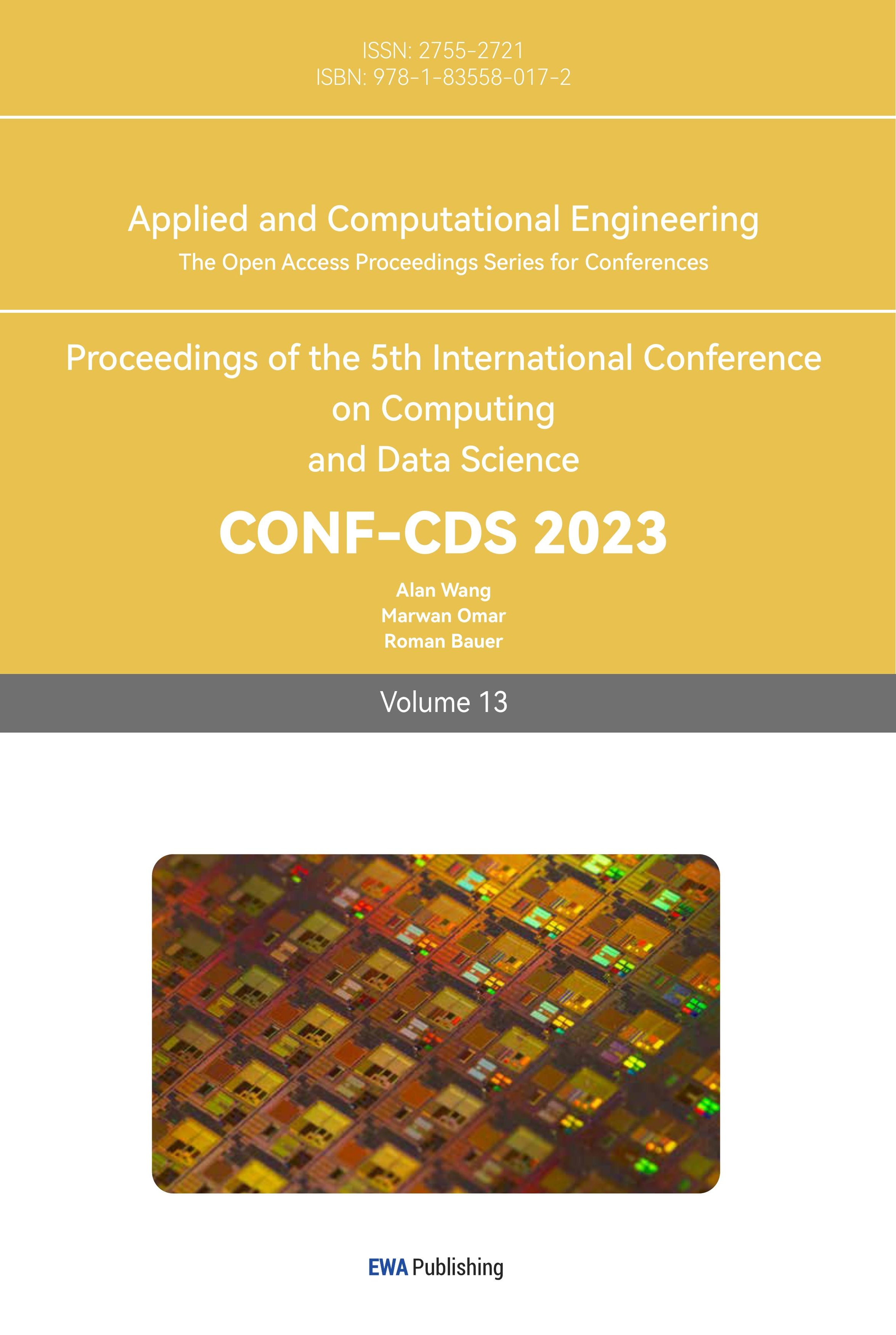References
[1]. Facial Liu Runqing. The School of Western Linguistics [M]. Revised Edition. Beijing: Foreign Language Teaching Press, 2013
[2]. Cao Richang, "Tong Psychology" Volume II, p. 44, People's Education Publishing House, 1979 edition
[3]. Yang Lijia Speech Emotion Recognition Algorithm Based on Spectrogram 2021
[4]. Jiang Xiuhao Emotion Recognition Based on Human Movement 2021
[5]. Huang Kun, Zheng Mingxuan, Luo Shichao, Jin Jian, Research on User Emotions and Influencing Factors Based on Facial Expression Recognition in Exploratory Search 10.13266/j.issn.0252-3116.2022.05.010
[6]. Zhang Y D, Yang Z J, Lu H M, et al. Facial emotion recognition based on biorthogonal wavelet entropy, fuzzy support vector machine, and stratified cross validation[J]. IEEE Access, 2016, 4:8375-8385.
[7]. Comprehensive Application of CNN and LSTM in short-term stock price rise and fall prediction of cyclical stocks 2022.6
[8]. Yan Yanchao Research on emotion recognitionmethod based on continuous wave sound signal 2021.5
[9]. Hou Yixin explains in detail the application of convolutional neural network (CNN) in speech recognition.
Cite this article
Jinyan,J. (2023). Deep learning based on the application of voice emotion. Applied and Computational Engineering,13,76-80.
Data availability
The datasets used and/or analyzed during the current study will be available from the authors upon reasonable request.
Disclaimer/Publisher's Note
The statements, opinions and data contained in all publications are solely those of the individual author(s) and contributor(s) and not of EWA Publishing and/or the editor(s). EWA Publishing and/or the editor(s) disclaim responsibility for any injury to people or property resulting from any ideas, methods, instructions or products referred to in the content.
About volume
Volume title: Proceedings of the 5th International Conference on Computing and Data Science
© 2024 by the author(s). Licensee EWA Publishing, Oxford, UK. This article is an open access article distributed under the terms and
conditions of the Creative Commons Attribution (CC BY) license. Authors who
publish this series agree to the following terms:
1. Authors retain copyright and grant the series right of first publication with the work simultaneously licensed under a Creative Commons
Attribution License that allows others to share the work with an acknowledgment of the work's authorship and initial publication in this
series.
2. Authors are able to enter into separate, additional contractual arrangements for the non-exclusive distribution of the series's published
version of the work (e.g., post it to an institutional repository or publish it in a book), with an acknowledgment of its initial
publication in this series.
3. Authors are permitted and encouraged to post their work online (e.g., in institutional repositories or on their website) prior to and
during the submission process, as it can lead to productive exchanges, as well as earlier and greater citation of published work (See
Open access policy for details).
References
[1]. Facial Liu Runqing. The School of Western Linguistics [M]. Revised Edition. Beijing: Foreign Language Teaching Press, 2013
[2]. Cao Richang, "Tong Psychology" Volume II, p. 44, People's Education Publishing House, 1979 edition
[3]. Yang Lijia Speech Emotion Recognition Algorithm Based on Spectrogram 2021
[4]. Jiang Xiuhao Emotion Recognition Based on Human Movement 2021
[5]. Huang Kun, Zheng Mingxuan, Luo Shichao, Jin Jian, Research on User Emotions and Influencing Factors Based on Facial Expression Recognition in Exploratory Search 10.13266/j.issn.0252-3116.2022.05.010
[6]. Zhang Y D, Yang Z J, Lu H M, et al. Facial emotion recognition based on biorthogonal wavelet entropy, fuzzy support vector machine, and stratified cross validation[J]. IEEE Access, 2016, 4:8375-8385.
[7]. Comprehensive Application of CNN and LSTM in short-term stock price rise and fall prediction of cyclical stocks 2022.6
[8]. Yan Yanchao Research on emotion recognitionmethod based on continuous wave sound signal 2021.5
[9]. Hou Yixin explains in detail the application of convolutional neural network (CNN) in speech recognition.









